Ben Franklin Becomes America’s Top Diplomat
Congress declared America’s independence from England on July 4, 1776, but the most crucial step still lay ahead and that was to secure what we had declared. Delegates knew that to have a real chance at success, the United States needed the assistance of one or more European powers.
The natural enemy of England in the 1700s was France. The two nations had fought four wars in the past eighty years, and, with the right diplomacy and a little luck, American leaders hoped there would be a fifth. Due to the high regard in which Benjamin Franklin was held, Congress sent him to France in December 1776 to join fellow ambassadors Silas Deane and Arthur Lee to negotiate a treaty with that country.
One must remember that Franklin was seventy years old and in poor health, suffering terribly from gout. Nevertheless, he willingly accepted the post as he was now fully committed to the American cause and ready to pay any cost his country required. As Franklin mentioned to his friend Benjamin Rush, “I have only a few years to live, and I am resolved to devote them to the work that my fellow citizens deem proper for me.”
Franklin’s reputation as a brilliant man of science preceded him, but being from the “wilderness” of America, he was still viewed as a bit of a backwoodsman. Ever the deft politician, Franklin played his role perfectly by wearing a plain suit of brown and white linen, a fur cap, and no wig to the most elaborate court in Europe.
The French, especially the Foreign Minister Comte de Vergennes, were initially cautious with the American contingent, refusing to grant them interviews but secretly issuing small loans to Congress. The French were anxious to help America if only to hurt England, however, they needed to see some successes before openly committing to a pact.
Finally, in December 1777, the encouraging news from America that Franklin had been waiting for finally arrived in Paris. On October 17, General John Burgoyne had surrendered the entire British northern army, all 7,000 men and all their equipment. This news electrified Europe and French attitudes changed.
John Trumbull. “Surrender of General Burgoyne.” Architect of the Capitol.
On February 6, 1778, France and the United States signed the Treaty of Amity and Commerce which recognized America as an independent nation, our first official recognition by a foreign power. At the same time, they signed the Treaty of Alliance, a defensive pact between the two nations. Franklin’s mission was a success.
While France did not send a permanent body of troops to America until the summer of 1780, they did participate in the effort to recapture Savannah in the fall of 1779, and they also provided much needed money to Congress and material to the Continental Army. More importantly, the French commitment to the colonies altered how the English viewed the war in North America.
Instead of simply worrying about an under-equipped force with no navy, Great Britain now had to deal with a European power that had a strong presence on the high seas. This threat of the French navy placed England’s valuable possessions in the Caribbean in grave danger. At this point, England began making peace overtures to Franklin, but by now only complete independence was an acceptable end to the war.
That end came more into view on October 19, 1781, when Lord Charles Cornwallis surrendered the British southern army to General George Washington at Yorktown, VA. Upon receipt of the news, Lord Frederick North, the British Prime Minister since 1770, exclaimed “My God! All is over.” He was correct about his Ministry being over as King George removed him from that post.
The negotiations to formally end the conflict began in 1782 and Congress selected Franklin, John Adams, and John Jay, to negotiate on our behalf. The talks between England, France, and the United States proceeded slowly at first, with French Prime Minister Vergennes seemingly in no hurry to conclude a deal.
As Jay stated, “This court chooses to postpone an acknowledgement of our independence by Britain…in order to keep us under their direction.” To bypass the French and move things along, Jay and Adams decided to directly negotiate with England, and Franklin allowed them to proceed.
The result was a tentative agreement between England and the United States, reached in November 1782, that essentially established the final terms to end the war. The deal they struck was generous to the United States, including fishing rights, access to the Mississippi, and all the land between the Appalachians and the Mississippi River and from the Ohio River to the Great Lakes. Most importantly, we obtained our independence.
The formal agreement, known as the Treaty of Paris, was signed by Franklin, Jay, and Adams, and British representative David Hartley on September 3, 1783. Interestingly, Ben Franklin and John Adams can truly be said to have been present at the beginning and the end of the American Revolution, as they are the only two men who signed both the Declaration of Independence and the Treaty of Paris.
Next week, we will talk about Benjamin Franklin’s role at the Constitutional Convention. Until then, may your motto be “Ducit Amor Patriae”, Love of country leads me.

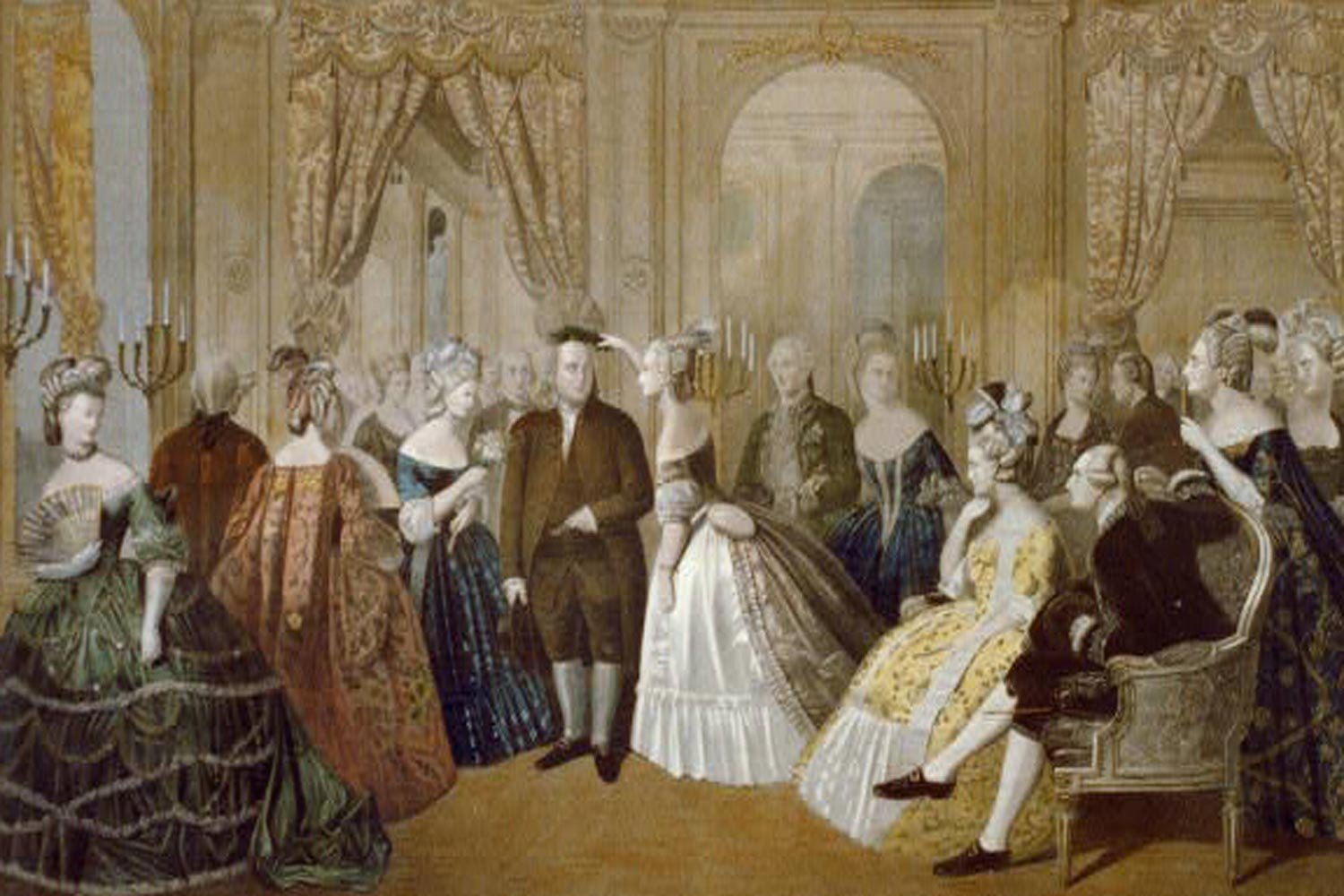
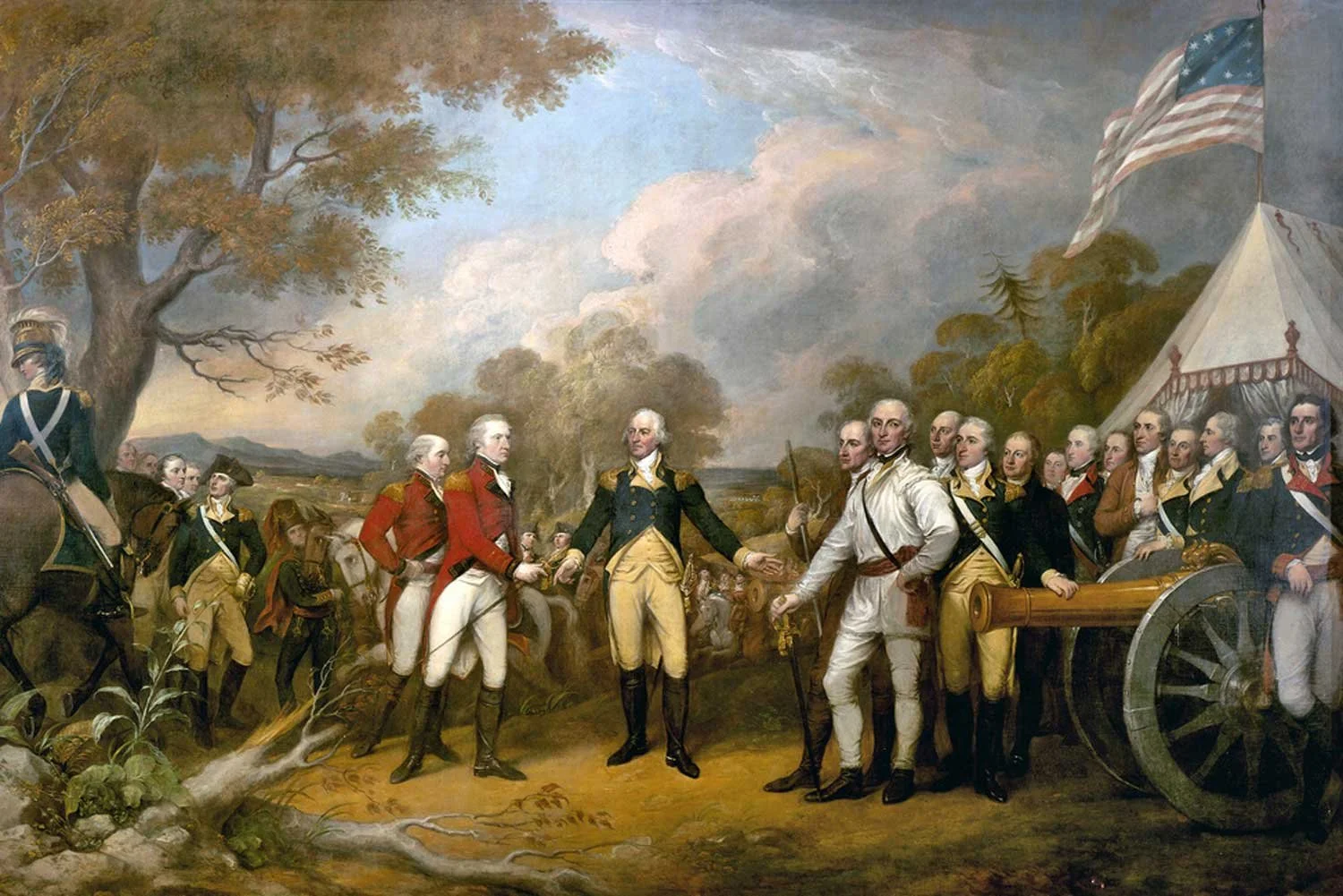
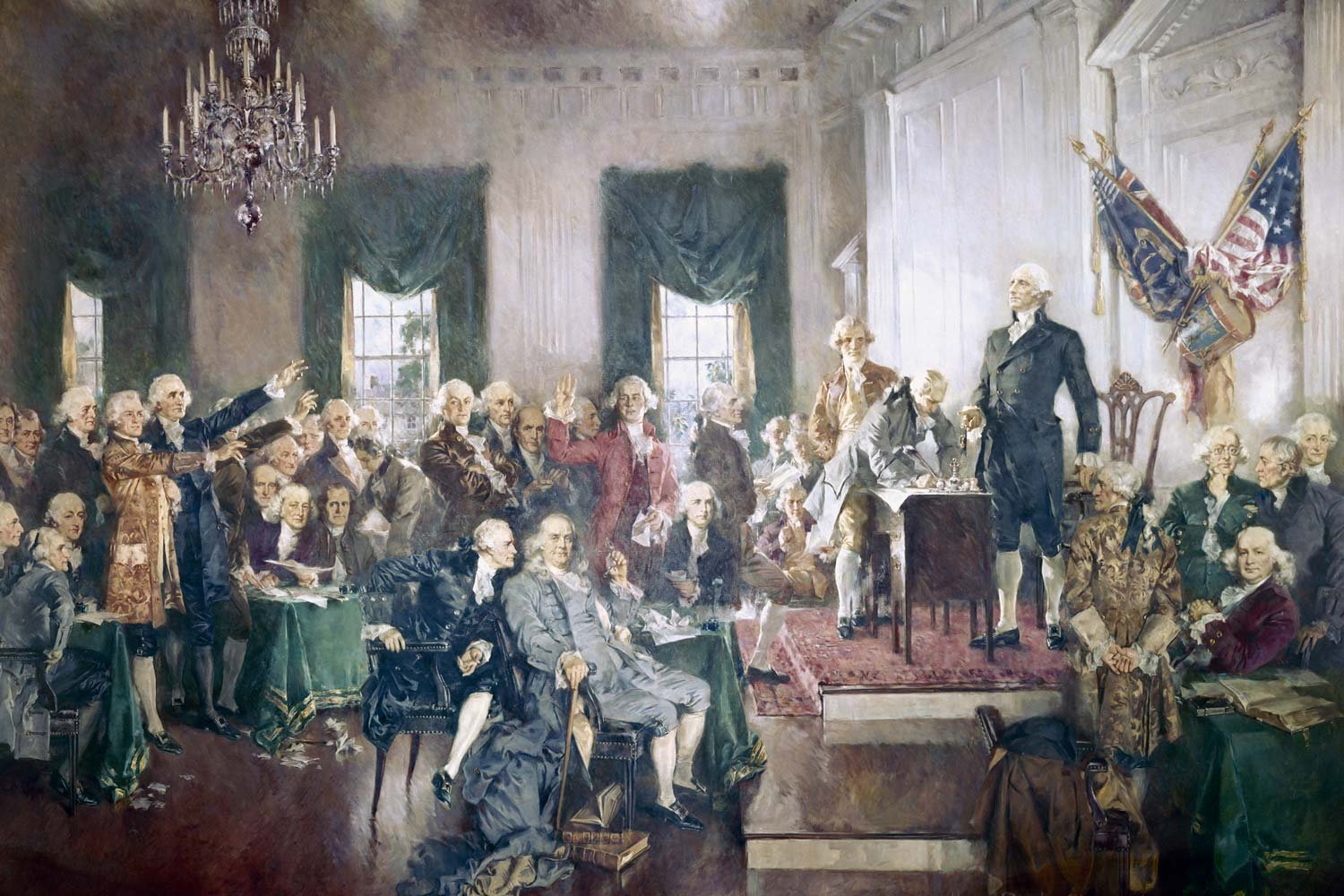
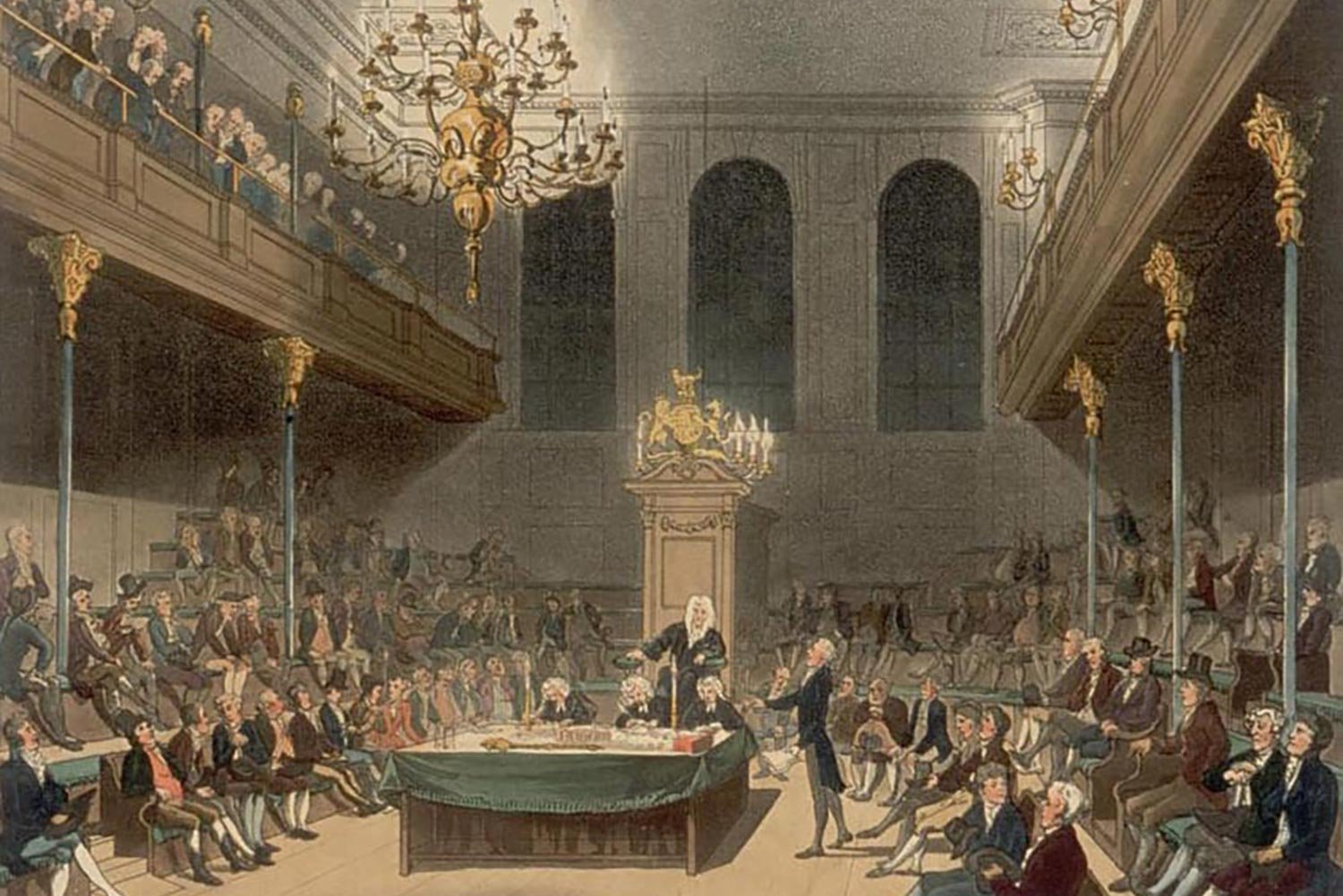
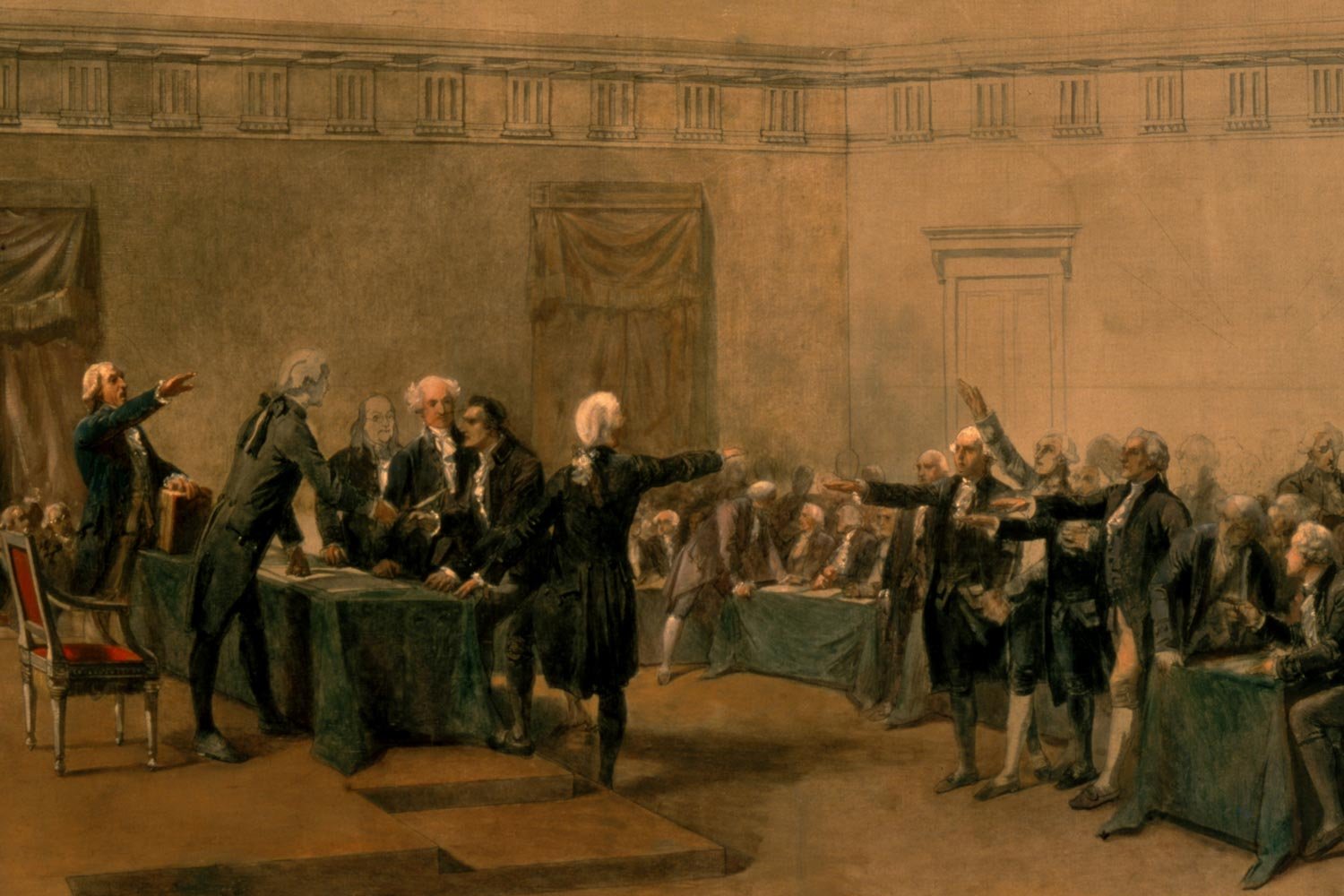
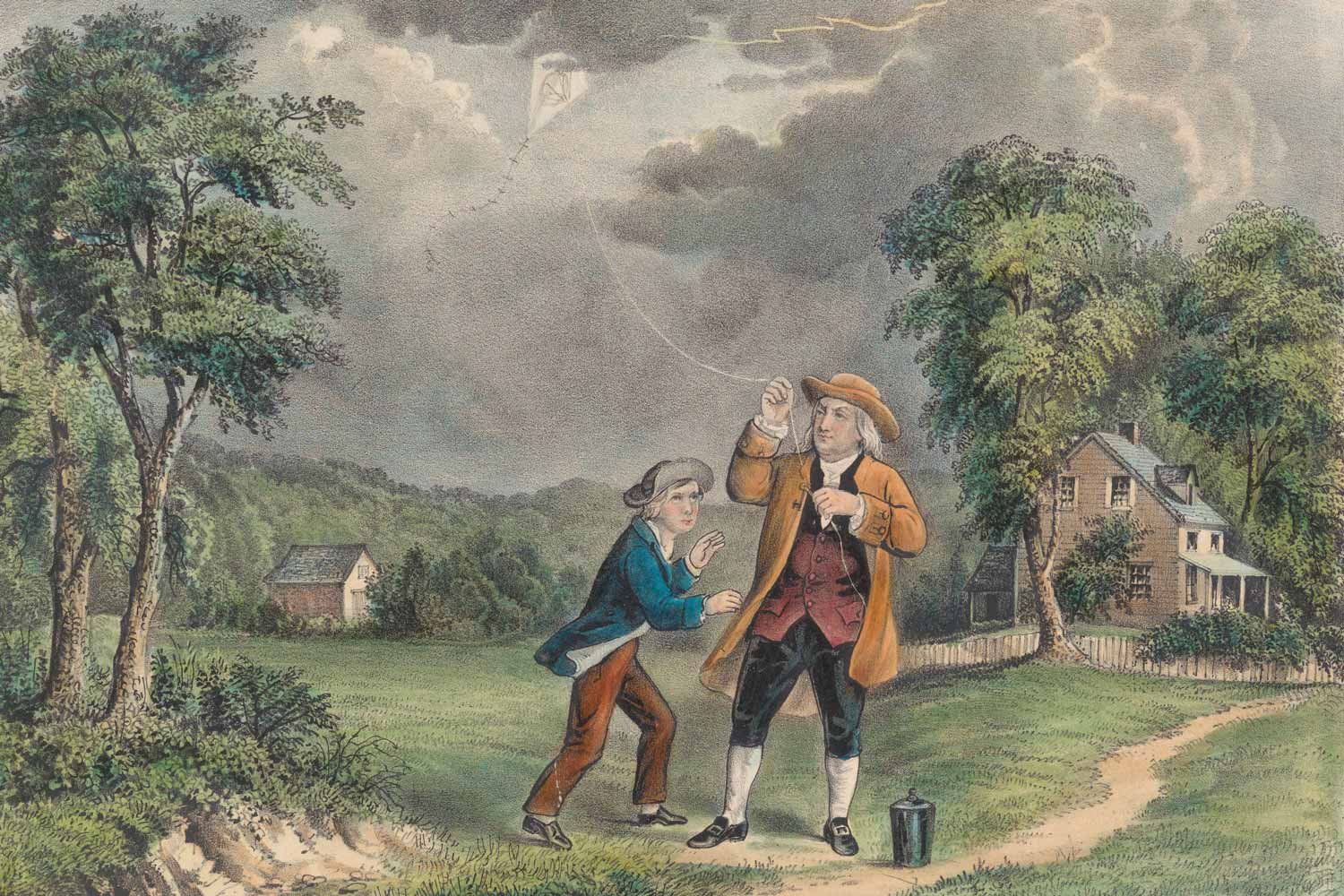
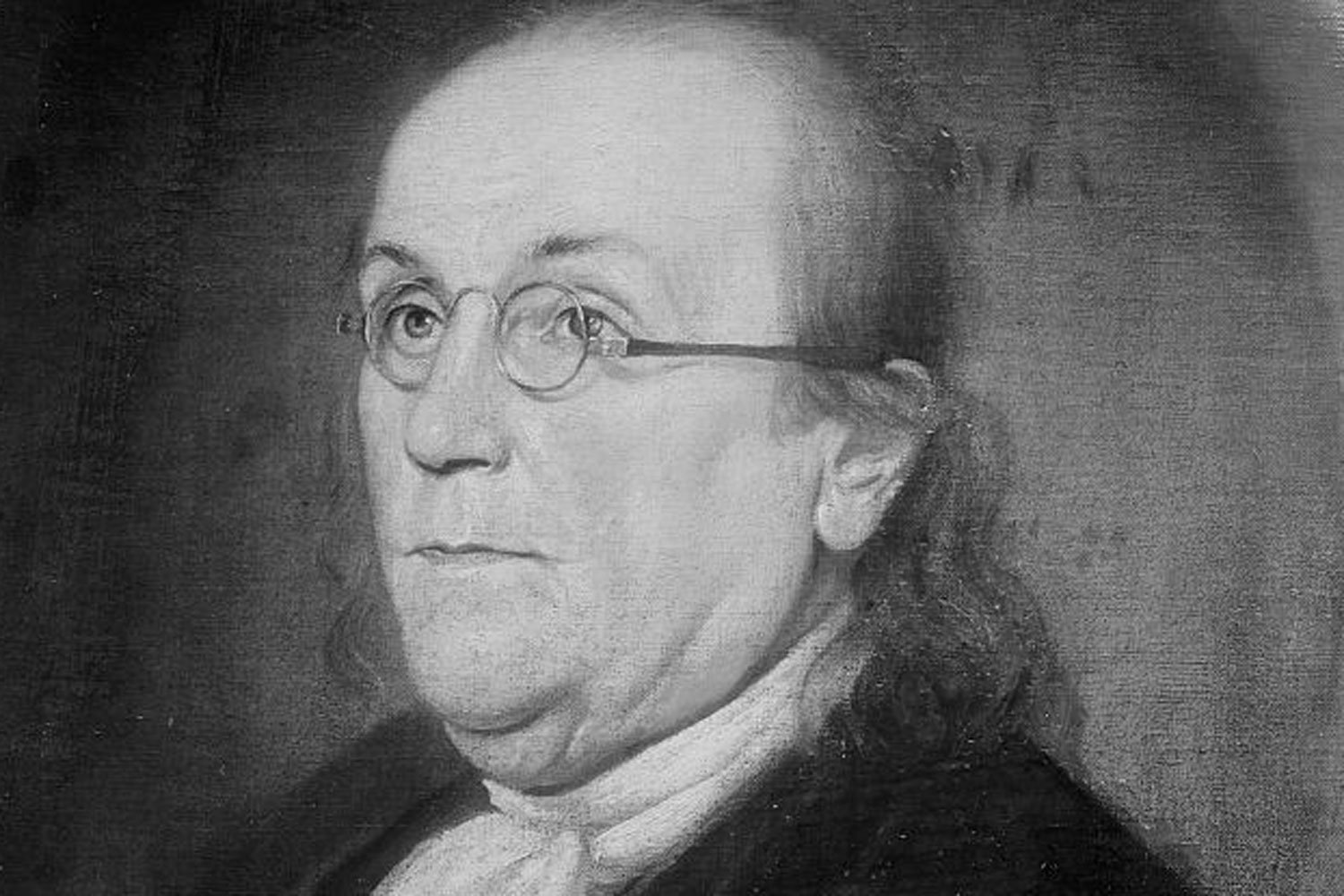
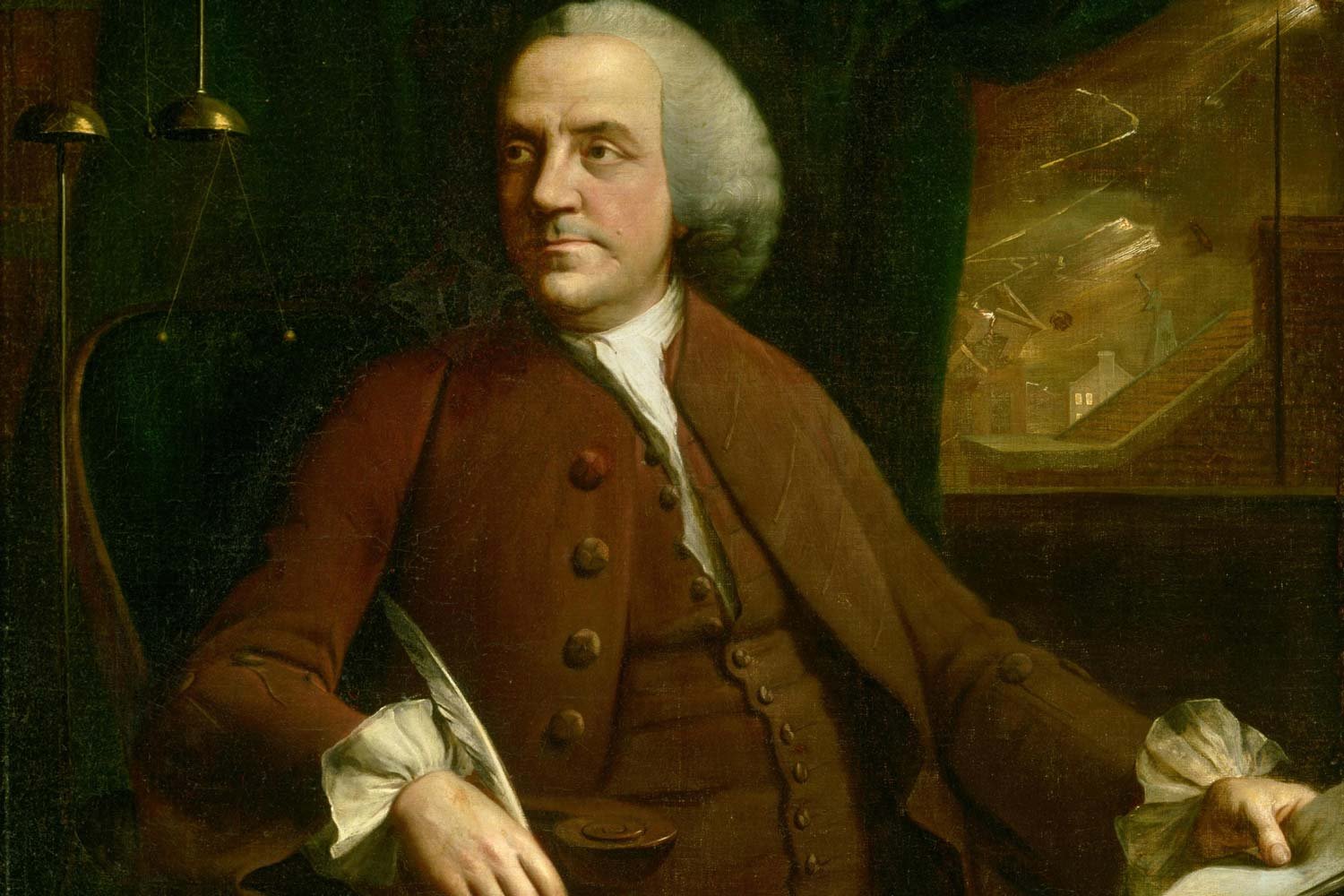
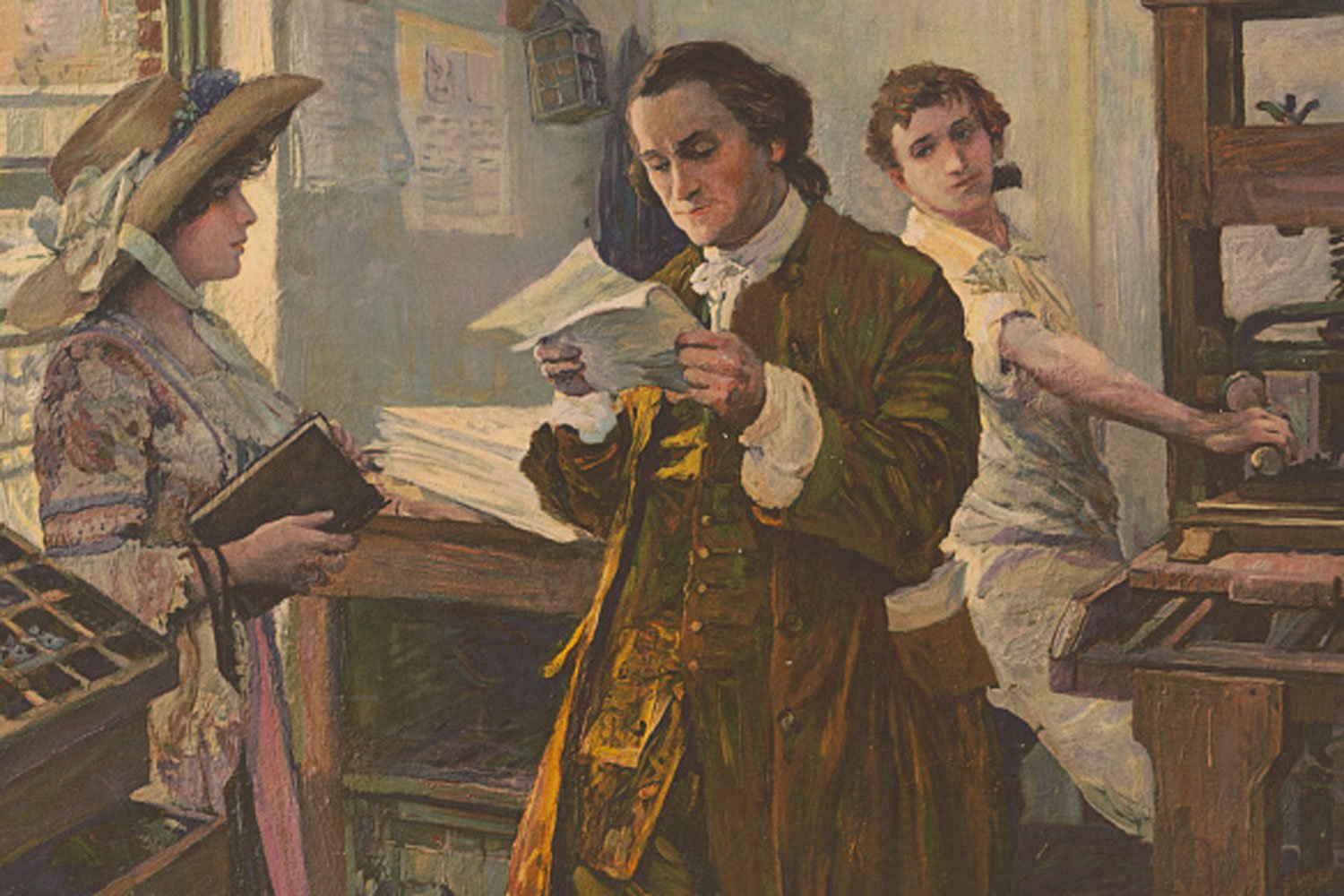

The Constitutional Convention adjourned on September 17, 1787, and would be Benjamin Franklin’s last moment in the spotlight of American history. It was a fitting finale for this man who had done so much to shape the nation in which he lived. Franklin was 81 years old, in poor health, and hoped for a well-deserved rest.